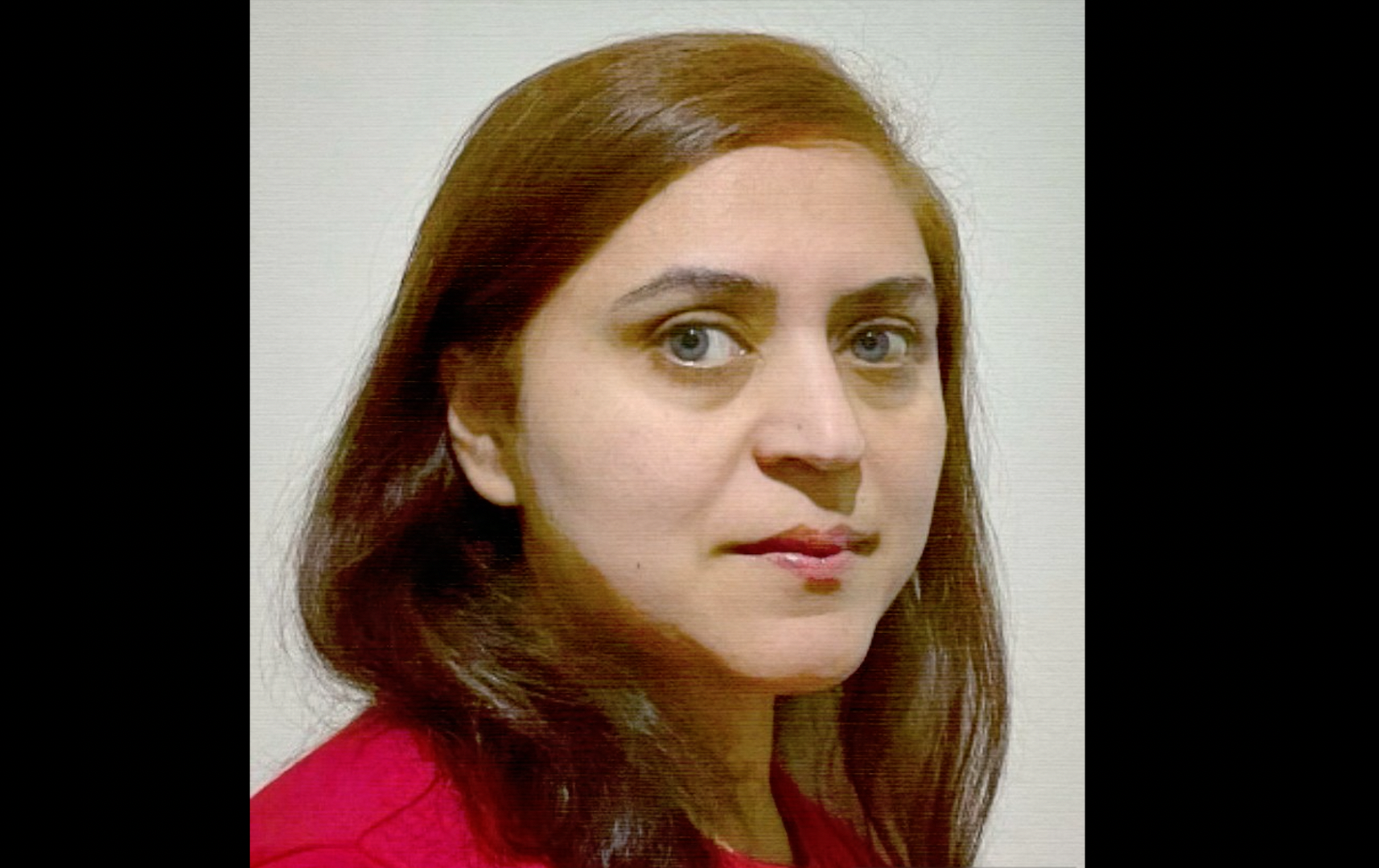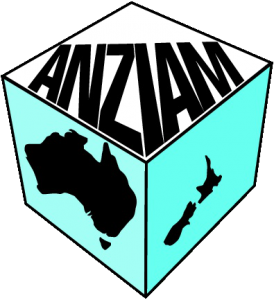Numerical Solution of Partial Differential Equations with Applications in Industry
Sponsored by
Lecturer
Dr Ayesha Sohail, School of Mathematics and Statistics, The University of Sydney.
Synopsis
Partial Differential Equations (PDEs) are fundamental in modelling complex physical phenomena across various scientific and engineering fields. This course focuses on equipping students with the essential tools and techniques for numerically solving PDEs, with a strong emphasis on practical applications relevant to industry. Through hands-on programming exercises in Python & Matlab, students will learn to implement and analyse numerical methods for solving PDEs, enabling them to tackle real-world problems faced by industries such as aerospace, automotive, and environmental engineering. The course will also include case studies to demonstrate the practical relevance of these methods. Another exciting feature of this course would be to learn and excel in interfacing the leading programming languages Matlab and Python using Google Colaboratory and MathWorks online workstations that help to save memory and are thus cost-effective.
Course Overview
Week 1: Numerical algorithms to vary initial and boundary conditions for PDEs
Mathematical modelling of real-life phenomena in space and time often requires systems of partial differential equations (PDEs), accompanied by initial and boundary conditions.
To better approximate the real problem with mathematical model, clear understanding of dynamics and impact of these conditions is essential. During week 1, students will be familiarised with the basic concept of modelling and some programs will help them to assist the importance of correct boundary conditions to complete the mathematical framework.
- Gain insight of models appropriate for certain problems.
- Gain insight of conditions.
- Hands on basic algorithms to check efficiency of the system (developed in steps 1 and 2).
- Learn the impact of varying conditions on transient and spatial dynamics with key simulations.
Week 2: Programming with Finite Difference Methods (FDMs)
Another objective is to highlight the significance of programming languages to visualize the phenomena governed by the partial differential equations and the change in dynamics.
- The first step towards the numerical approximation of PDEs is the finite difference approximation.
- We will learn and compare different explicit finite difference schemes and the stability of the scheme.
- There is a set of implicit schemes that help to improve the solution, subject to computational cost. We will learn and compare these methods in detail with the aid of pre-designed algorithms for this course.
Week 3: Finite Element Methods
The Finite Element Method (FEM) is a superior approach to solving partial differential equations (PDEs) compared to the Finite Difference Method (FDM) due to its ability to handle complex geometries more effectively, provide higher accuracy through local refinement, and offer greater flexibility in handling boundary conditions and material properties.
- FEM basic concepts, basis, Galerkin approach.
- Mesh refinement with programming.
- Adaptive mesh refinement subject to geometry.
- Incorporating constraints to the programs for better accuracy.
Week 4: Connecting the Dots to Build Models and Simulate them
- Setting up Model for numerical computing
- Implementing FDM &/ or FEM for PDEs
- Checking the model’s accuracy at small scale
- Improving mesh and analysing results of the PDEs
- Comparing results with expected outcomes of the industrial problems
- Numerical analysis
Prerequisites
- Mathematical computing
- Linear algebra
- Calculus
- Basic knowledge of programming would be ideal but not mandatory as the labs are designed in user friendly and motivating manner
Assessment
- 50% marks for theory final exam. (10% MCQs+ 20% long questions+20% short questions).
- 30% marks for three assignments based on manual and numerical (programming based) calculations.
- 20% marks for programming-based project.
Attendance requirements
TBA
Resources/pre-reading
- Andersson, Bengt, Ronnie Andersson, Love H˚akansson, Mikael Mortensen, Rahman Sudiyo, and Berend Van Wachem. Computational fluid dynamics for engineers. Cambridge university press, 2011.
- Liu, G.R. and Quek, S.S., 2013. The finite element method: a practical course. Butterworth-Heinemann.
- Duffy, D.J., 2013. Finite difference methods in financial engineering: a partial differential equation approach. John Wiley & Sons.
Not sure if you should sign up for this course?
Take this QUIZ to self-evaluate and get a measure of the key foundational knowledge required.

Dr Ayesha Sohail, School of Mathematics and Statistics, The University of Sydney.
I am an experienced lecturer and researcher in applied mathematics, with a PhD from the University of Sheffield, UK, awarded in 2012. During my tenure at Sheffield, I was an active member of the School of Applied Mathematics, engaging in research-based teaching training activities.
My research and teaching excellence have been recognized through my collaborative projects addressing industrial problems with researchers from the USA and UK.
In my applied mathematics subjects teaching, I make sure to incorporate advancements in these areas to ensure students understand the latest developments and applications.
In addition to teaching, I am actively contributing to educational research, in collaboration with experts from the Education Department.
I hope this course, “Numerical Solution of Partial Differential Equations with Applications in Industry,” will serve as a valuable addition to your experience. It aims to enhance your understanding of mathematical models in industrial problems, such as those found in Environmental Engineering and Heat Transfer.

